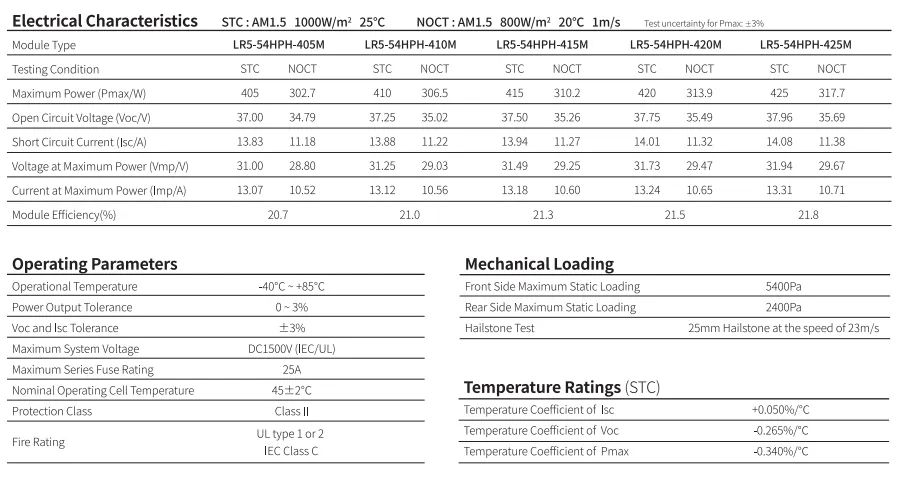polycrystalline solar panel size
Understanding Polycrystalline Solar Panel Sizes
Polycrystalline solar panels have become increasingly popular due to their efficiency and cost-effectiveness in harnessing solar energy. One key aspect to consider when investing in these solar panels is their size, which can significantly affect the performance and efficiency of a solar energy system.
What Are Polycrystalline Solar Panels?
Polycrystalline solar panels are made from multiple silicon crystals, which is a contrast to monocrystalline panels that are made from a single silicon crystal. This difference in production affects the overall efficiency and manufacturing cost of the panels. Polycrystalline solar panels are typically less expensive to produce, making them a popular choice for residential and commercial installations.
Size Matters
The size of polycrystalline solar panels is essential for several reasons. Standard polycrystalline panels commonly come in sizes ranging from 60 to 72 cells, with dimensions typically around 1.6 meters (5.25 feet) in length and 1 meter (3.28 feet) in width. The total output power of these panels can vary, with the average output being between 250 to 350 watts per panel.
When choosing the size of the solar panels, it is crucial to consider the available space for installation. Larger panels generate more electricity but require more surface area. Therefore, homeowners or businesses with limited roof space may benefit from opting for a higher wattage panel to maximize energy generation.
polycrystalline solar panel size

Efficiency and Performance
The efficiency of polycrystalline solar panels generally ranges between 15% and 20%. While this is slightly lower than that of monocrystalline panels, polycrystalline panels offer a good balance between cost and performance. The size of the panel does influence its efficiency; larger panels can collect more sunlight, theoretically leading to higher energy output. However, the specific site conditions, such as shading and orientation, also play a critical role in the performance of the system.
Considerations for Installation
When planning to install polycrystalline solar panels, it's important to conduct a site analysis to determine the ideal layout and size of the system. This process includes assessing roof angles, shading from trees or buildings, and local weather patterns. Additionally, understanding local regulations and incentives can also influence the decision-making process, guiding homeowners and businesses toward the most appropriate solar panel size.
Conclusion
In summary, the size of polycrystalline solar panels is a critical factor that impacts their performance and installation. While size can affect the total energy output, it must be balanced with space availability and other environmental factors. By carefully considering these elements, potential buyers can make informed decisions to optimize their solar energy systems. As the technology advances and market options expand, polycrystalline panels remain a viable choice for those looking to invest in solar energy.
-
String Solar Inverter: The High-Efficiency Solution for Smart Solar EnergyNewsJul.14,2025
-
Revolutionizing Rooftop Energy with the Power of the Micro Solar InverterNewsJul.14,2025
-
Power Independence with Smart Off Grid Solar Inverter SolutionsNewsJul.14,2025
-
On Grid Solar Inverter: Powering the Future with Smart Grid IntegrationNewsJul.14,2025
-
Monocrystalline Solar Panels: High-Efficiency Power for the Future of Clean EnergyNewsJul.14,2025
-
Bifacial Solar Panel: A Smarter Investment for Next-Generation Energy SystemsNewsJul.14,2025







